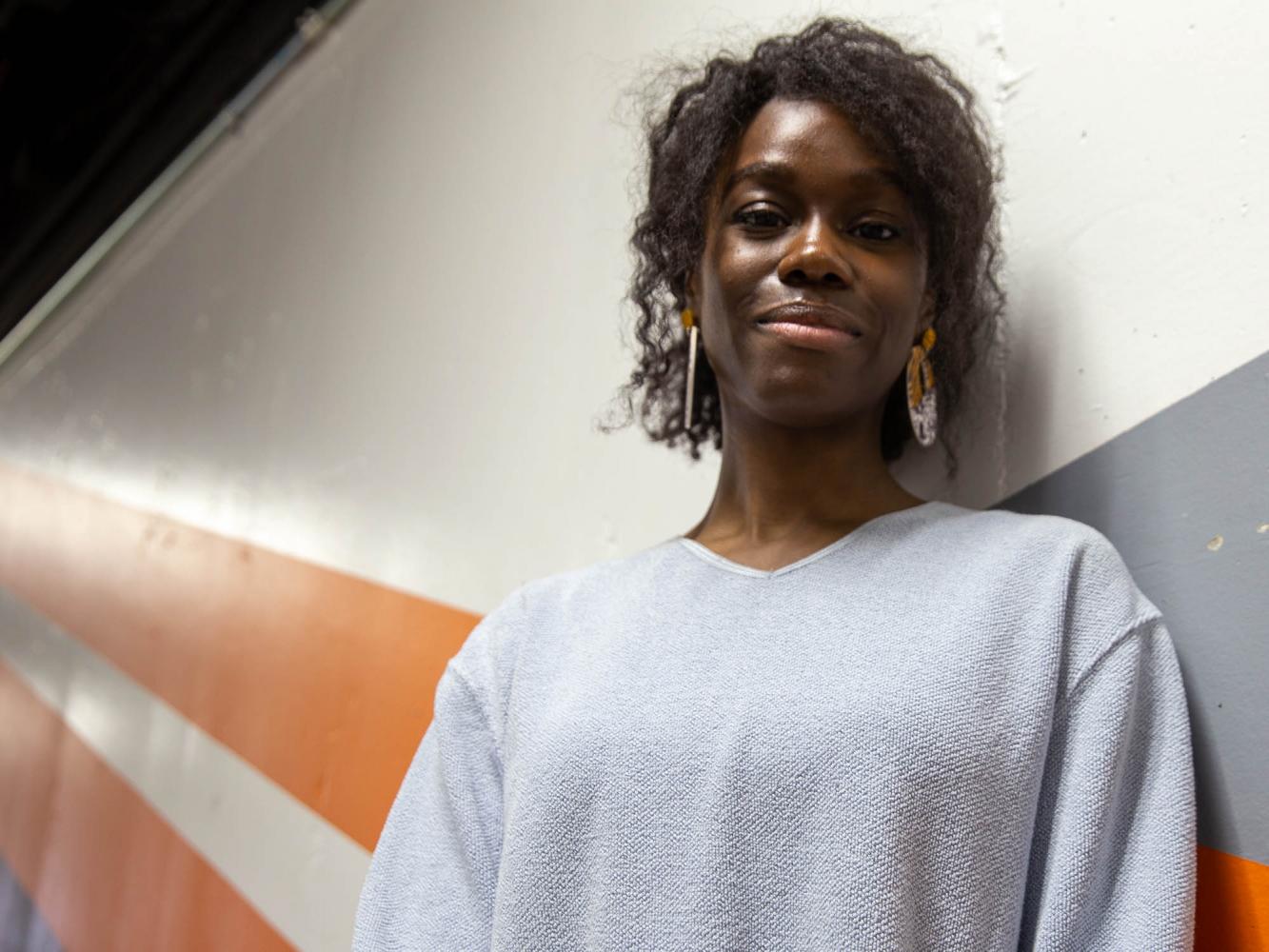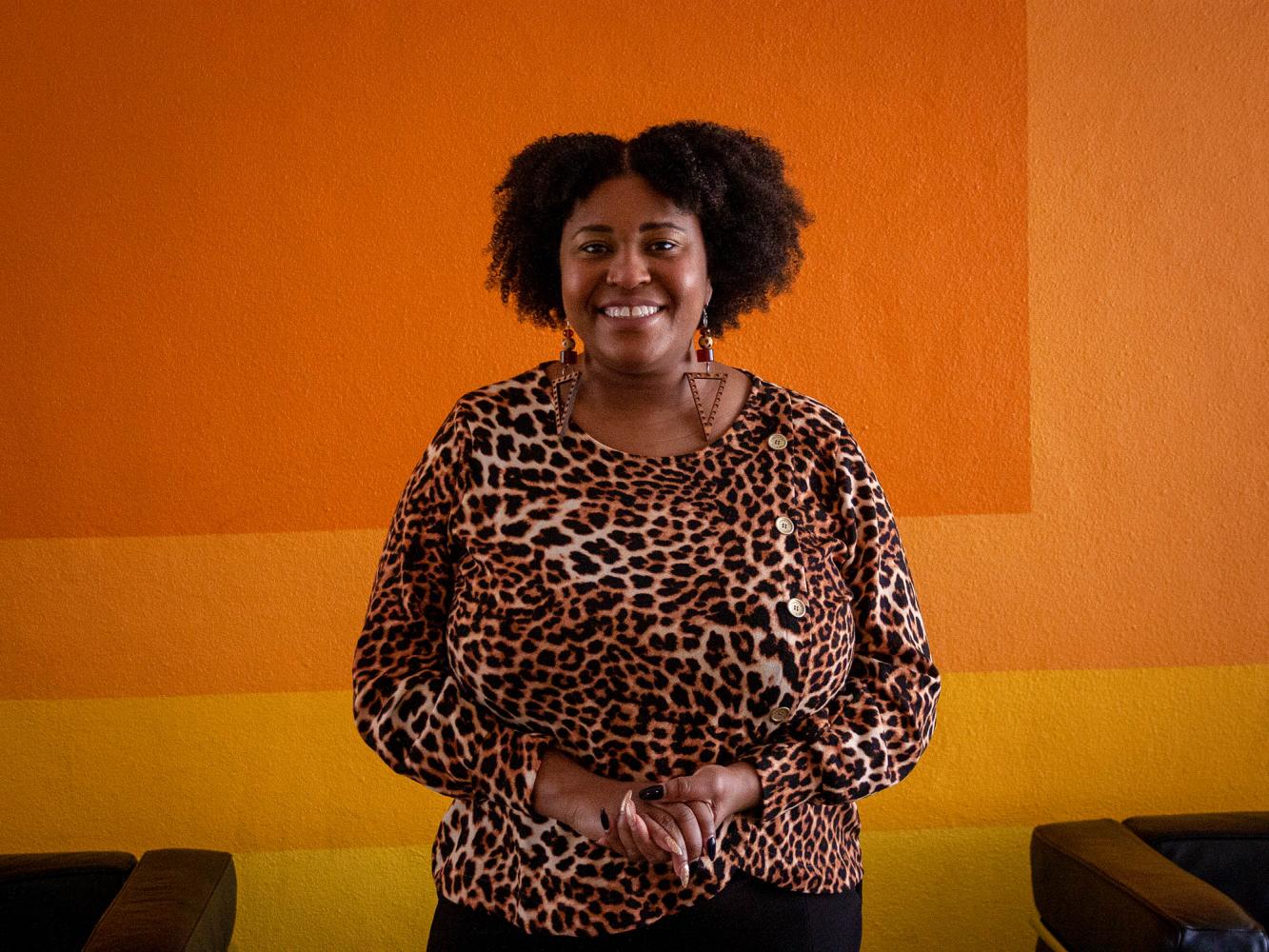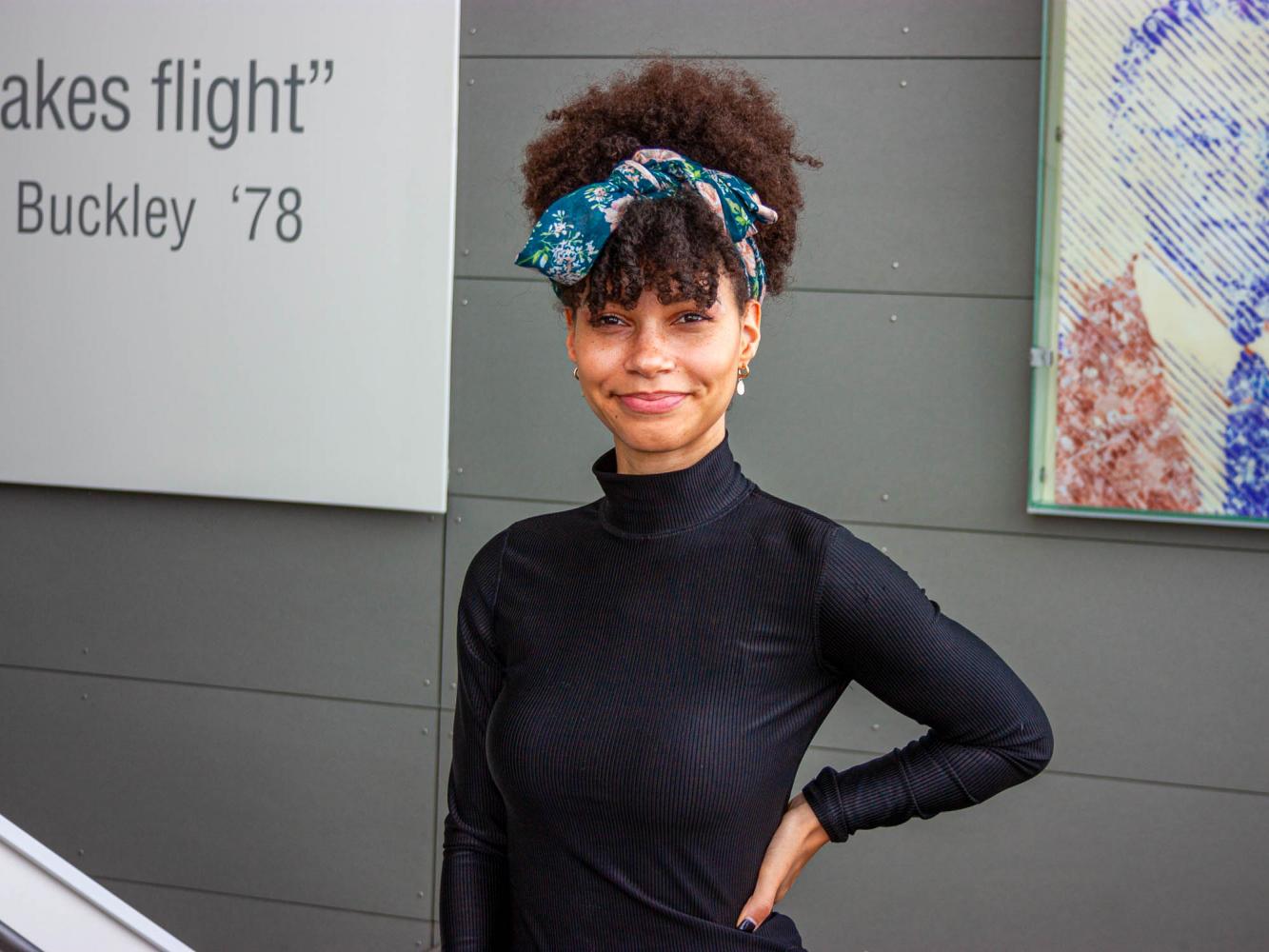Black Culture at RIT
by Rylan Vanacore | published Mar. 1st, 2022
Black culture at RIT has a long and rich history, dating back to the early 1900s when the university was still called Rochester Anthenaeum and Mechanics Institute.
In 1906, Fredericka Sprague, the granddaughter of civil rights activist Frederick Douglass, attended classes at the campus.
As time went on, RIT would implement services to support minority students on campus. In 1969 the university offered a black studies program, with courses such as “Afro-American History” and “Sociology of Intergroup Relations.”
Today, RIT continues to expand its outreach for diversity and inclusion on campus. While the university is not perfect, black professors and students are making an effort to help make the university a more inclusive place.
What RIT Offers Black Students
RIT offers numerous programs that support black students and push for diversity on campus.
The Division of Diversity and Inclusion (DDI) is an organization at RIT that is dedicated to helping enhance access and success for historically-unrepresented students, staff and faculty.
Keith Jenkins, a communication professor and the vice president for the organization, spoke about what the DDI does to help students succeed.
“There are a number of initiatives that support student access and success,” Jenkins stated. “Amongst them [includes] the Multicultural Center for Academic Success (MCAS).”
The MCAS provides numerous student services for minority students, such as one-on-one coaching, leadership development opportunities, cultural diversity education and community building programs.
Various other programs also spin out of the MCAS such as Advance RIT and McNair
There is also the Upward Bound program, which focuses on working with high school students from lower income areas and providing them with resources to help apply and gain admission to colleges.
The program's six-week summer camp allows students to take enrichment courses with professors and work on projects while going on outings. Students are provided academic coaching, mentoring, advising, cultural activities and college tours.
The Destler/Johnson Rochester City Scholars program is also affiliated with MCAS. It grants scholarships to graduates of all ethnicities from the Rochester City School District and approved charter schools that meet certain criteria.
Historically, black people have been marginalized due to the systematic racism in our country, thus, not having as many opportunities as white people. These programs ensure that RIT places all students on equal footing.
Black Awareness Coordinating Committee
To celebrate their identities, black students have formed various clubs on campus. One such club is the Black Awareness Coordinating Committee (BACC).
This club has a long history at RIT and is currently the longest-standing club for students of color. Formed in spring, 1969, BAAC's creation was meant to foster and sustain an awareness of black people as an integral part of our nation's and the university's society.
Danelle Francis, a second-year international business major, is the current president of the club.
“We create events where we want students to be a part of, it is open to all so black students, any kind of culture,” she said.
The club holds weekly events every Wednesday, in the Bamboo Room, from 5 PM to 7 PM.
“[The events] just make sure that our voices are heard on campus, that there is help wherever we need it,” Francis said. “We just make sure that everybody's up on the same playing field.”
"It felt nice to see other people who look like me and to have a little section together."
BACC is important because it gives black students a voice at RIT. It is a place for them to celebrate their culture as well as educate others on it.
“It's very important for black students on campus that there is a community for them,” Francis stated. “Also, that other students know that there's a community for African Americans here on campus so they can be enlightened about our culture.”
The Frederick Douglass statue, made by Olivia Kim, an adjunct professor at RIT, is located in SAU and was made in honor of the BACC's 50th anniversary and Douglass' 200th birthday.
Events
RIT offers a plethora of events for black students and faculty alike.
Chiny Okonkwo, a first-year digital humanities and social sciences major, discussed her experience at these events.
"It felt nice to see other people who look like me and to have a little section together," said Okonkwo "Basically, like a little moment of uplifting and upbringing."
These events provide a sense of community for black people on campus.
"I'm on campus a lot, I don't see a lot of like black people at once," Okonkwo said. "So seeing them all in one section was like, oh, you exist as well as campus, not just like a statistic like a percentage on the website."
During February, the university hosted events and held fundraisers on campus to celebrate Black Heritage month.
What more can RIT do?
While RIT has made efforts to be more inclusive for black students and faculty alike, there are still efforts that can be made.
“Honestly, I wish there was more [support for black students],” Francis said. “For a lot of students coming to RIT can be a culture shock.”
RIT is still a heavily white-dominated school – with only about 5% of the student population being black.
Francis suggested that RIT could help issues involving race by implementing more required courses that focus on studying black culture.
“A lot of the issues or problems that come between racial issues on campus is because [people are] not educated and not informed of black culture and why you can or cannot say certain things or do certain things,” Francis said.
When asked about what more RIT can do to push diversity, Jenkins said that they need to hire more black people. For many students, college is a chance for them to educate themselves. Having more black professors helps open people’s minds to different perspectives.
“It's very important for black students on campus that there is a community for them."
“Teams ... end up with better solutions as a result of diversity,” Jenkins said.
The DDI has tried pushing for more faculty diversity by reaching out to people from marginalized groups with PhDs. They are trying to build relationships with them in hopes of integrating them into RIT's staff.
RIT's black history is something that should be celebrated by everyone. Black people have contributed so much to our campus and should be recognized for their achievements. With the work of students and faculty alike the black community continues to grow and make changes for the better.







